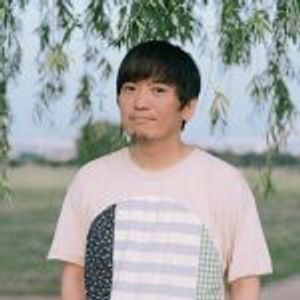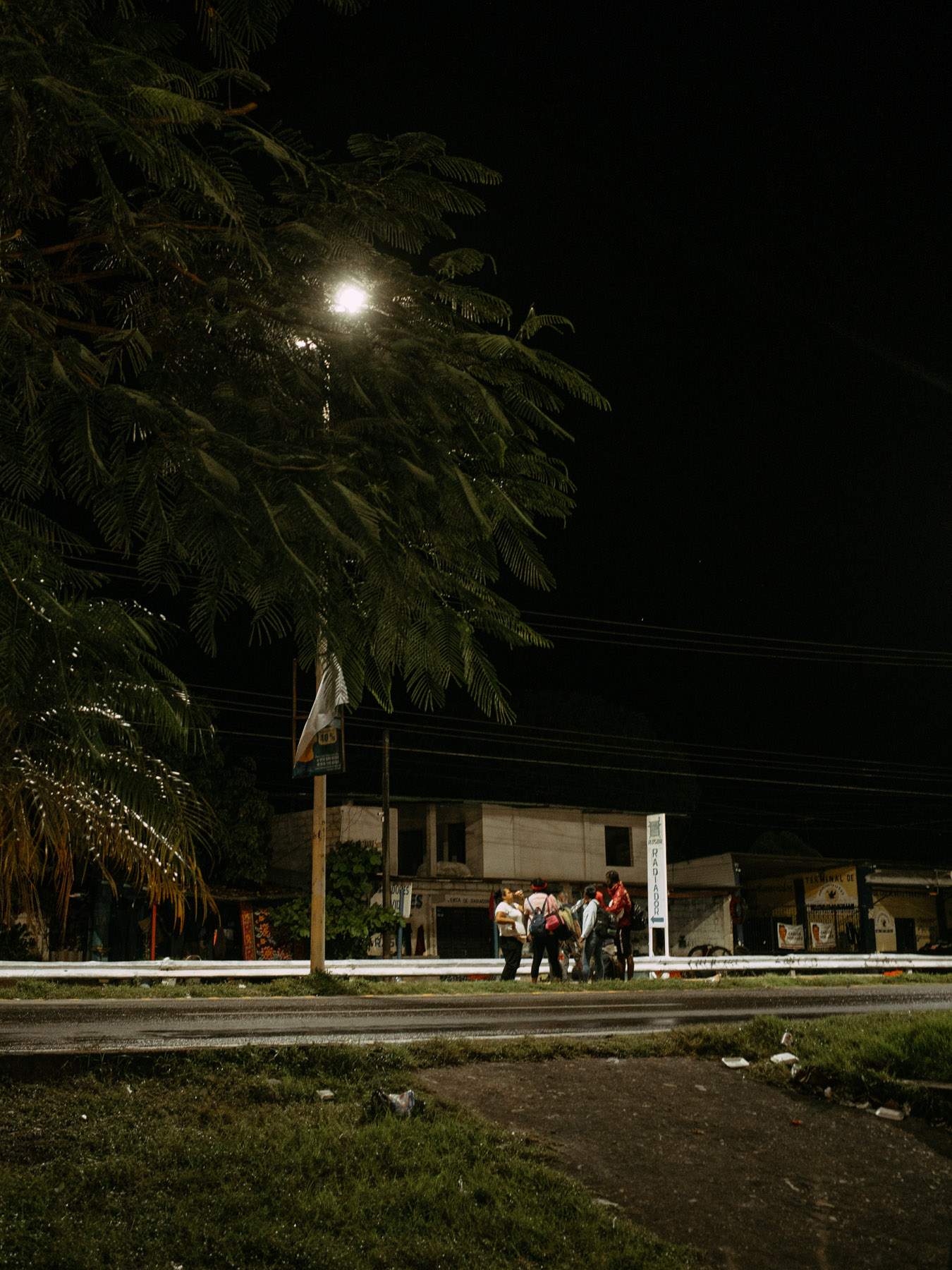
The Greatest Crisis Since the Journey Began
Late at night. I was jolted awake by a nudge. When I lifted my head, I saw a large woman standing in the aisle of the bus. The immigration bureau emblem was embroidered on her polo shirt. As I attempted to show my passport, she ordered me to “get off the bus with your belongings.” Following her command, I stepped off the bus to find Mexican soldiers armed with rifles. It seemed to be a checkpoint. The soldiers urged me to enter a warehouse-like building by the side of the road. Inside the dimly lit space, there were around 30 people, all standing anxiously with their large bags. They were migrants.
We departed from the Guatemala border and were on a night bus headed for San Cristóbal de las Casas in southeastern Mexico. I sent a message to Maruo-san, my travel partner and editor, who was also on the bus with me. He seemed to have tried to get off in concern for me but was stopped. “The bus has already departed,” came the message. After reporting my situation, I received a message saying, “I pray for your safety,” and then communication ceased. It seemed he had fallen asleep on the bus. I couldn’t help but feel he was being callous, but there was nothing to be done. It was me who wanted to go to the border. The problem was the current situation.
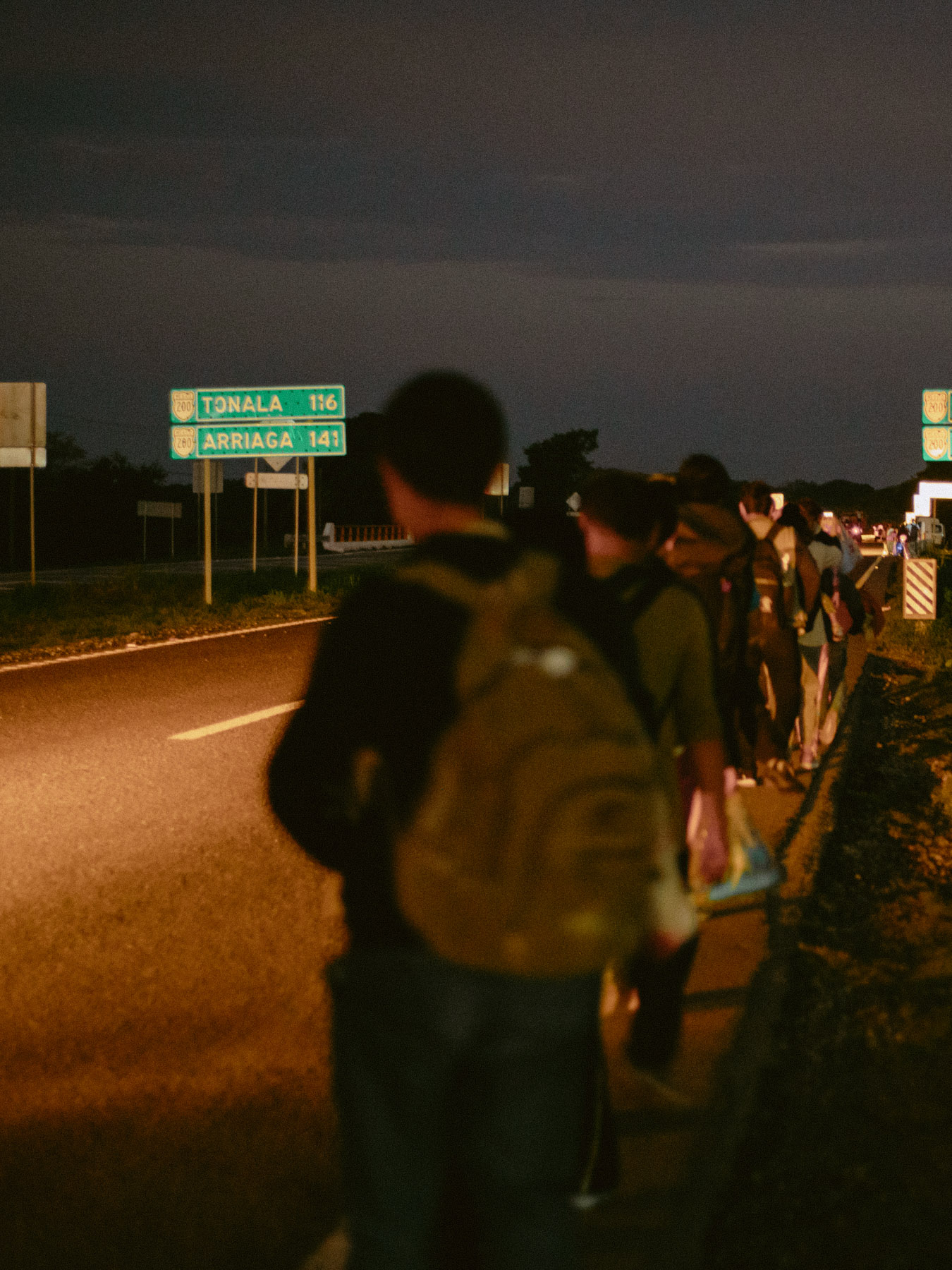
The soldiers whispered something to the migrants. Each of them sighed as if in resignation when they faced each other. Then, I caught a glimpse of them handing something to the soldiers. This time, the soldiers approached me, brandishing their rifles, and spoke to me in Spanish. Although I didn’t understand the language, I caught the word “dinero” which meant money. It seemed they were asking for money in exchange for turning a blind eye to illegal entry. However, I was not a migrant. It was infuriating to be woken up in the middle of the night, deprived of my means of transportation, and then asked for money. I pretended not to understand the language.
Next to me was a group with East Asian features. There are indigenous people in Central and South America with similar features. They, too, paid and left. I was the only one left. He seemed frustrated with my pretending not to understand, but eventually, he showed a pleading expression as if to say, “Please, somehow, if you could just pay a little, that would be enough.” It was inevitable. As I tried to take out money while leaving the warehouse, the soldier hurriedly said, “I want you to take out the money in a darker area further inside.” Perhaps they didn’t want to be seen by regular passing vehicles. In the end, I was charged 400 pesos (about 3500 yen). The soldier handed all the collected money to the immigration bureau woman.
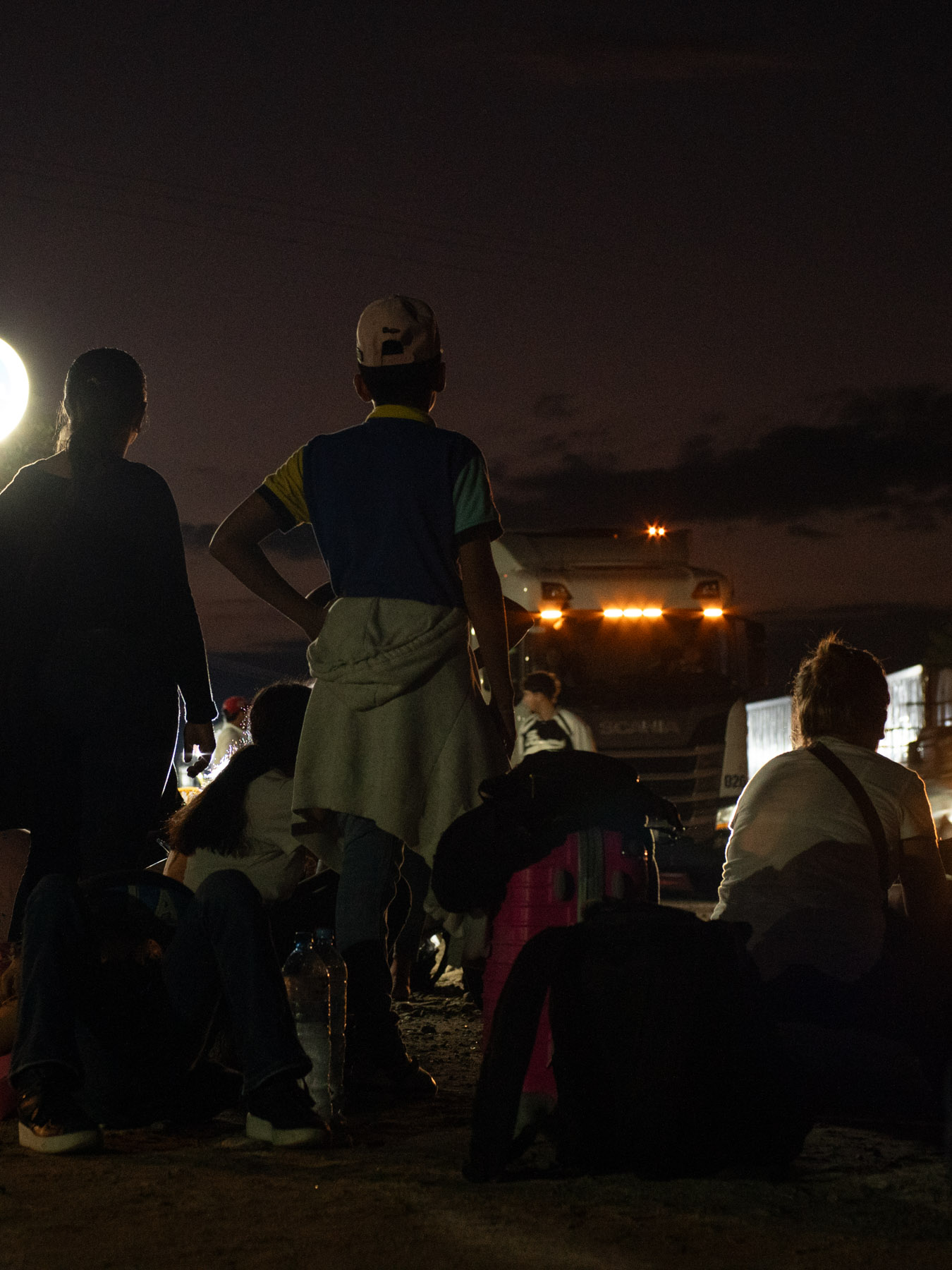
I checked the time, it was past 3 am. I walked along the road after the bus had left. Looking at my Google Maps, the road seemed to be a paved highway continuing from the Guatemala border called Highway 200.
It seemed to be like a national highway. I understood why immigration control was not functioning at the Guatemala border. They couldn’t openly take bribes at the border, so perhaps they wanted to efficiently collect money by intentionally allowing illegal entry first.
As I walked forward, I encountered the group that had been in the warehouse earlier. They seemed calm. Was experiencing such things a regular occurrence for them? They immediately began camping by the roadside. I joined them and lay down to rest.
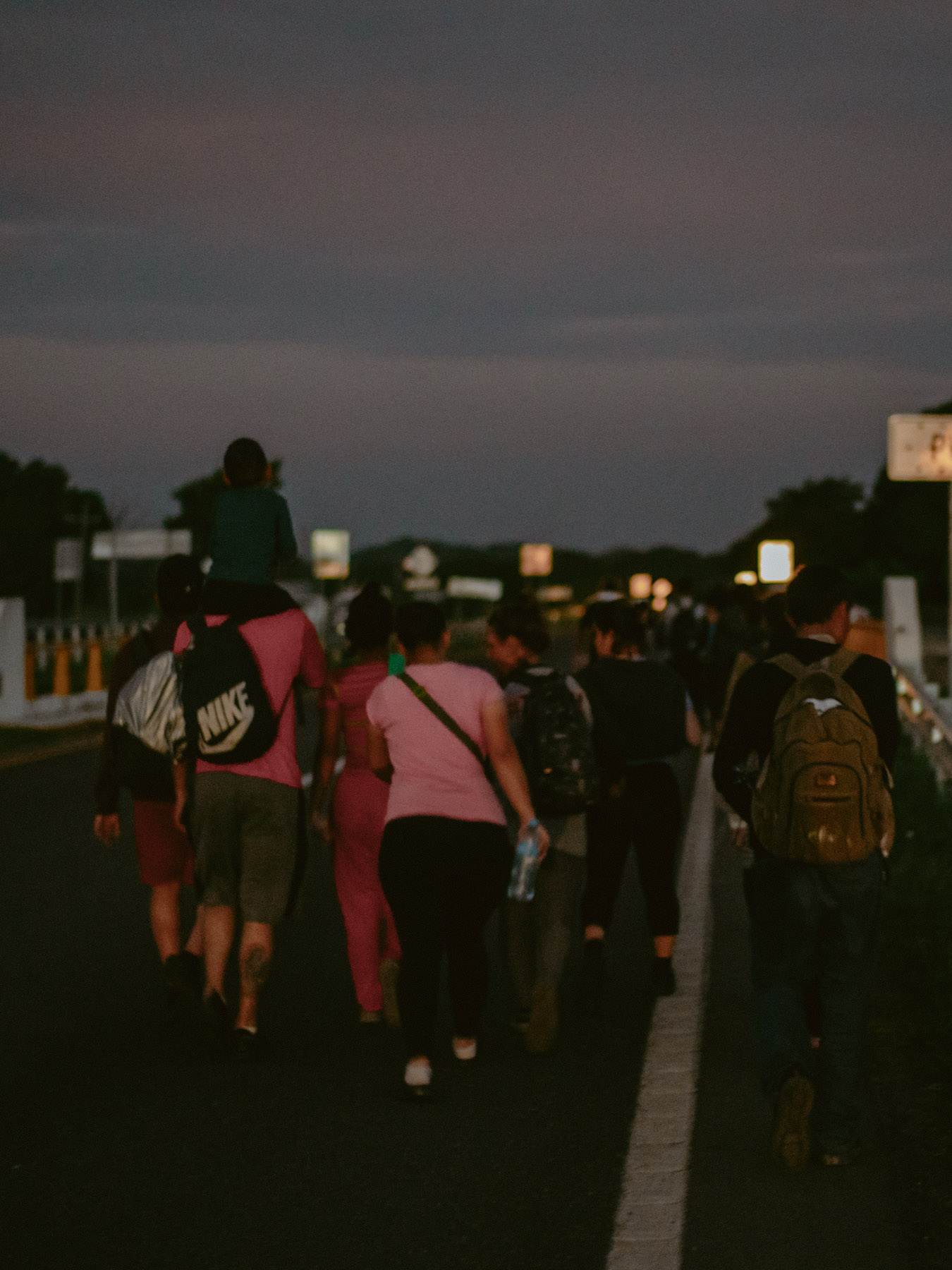
One of the East Asian individuals I had seen earlier approached me and spoke. I was surprised by their words; it was Mandarin Chinese. I wondered why there were Chinese people in such a place. When I told him I was Japanese, he bombarded me with rapid-fire questions: “Why are there Japanese people here? Are you also heading to America?” Trying to evade the questions, he abruptly started discussing political issues, saying, “Taiwan is Taiwan. It’s not China,” without even being asked. He was a 36-year-old from Zhejiang Province, an immigrant with a wife and a seven-year-old son who was headed for the United States. He explained to me the reasons for being here.
The excessive lockdown measures during the COVID-19 pandemic in China ultimately resulted in numerous deaths. Feeling terrorized by the authoritarian political regime, they fled China. Their destination was Ecuador in South America, one of the countries where they could travel without a visa from China. They walked for nearly a month to reach Mexico. While trekking through the jungles of Panama, they found fellow Chinese migrants in similar situations, and now they are traveling together as a group of seven. They speak in horror about seeing many bodies of collapsed immigrants in the jungle.
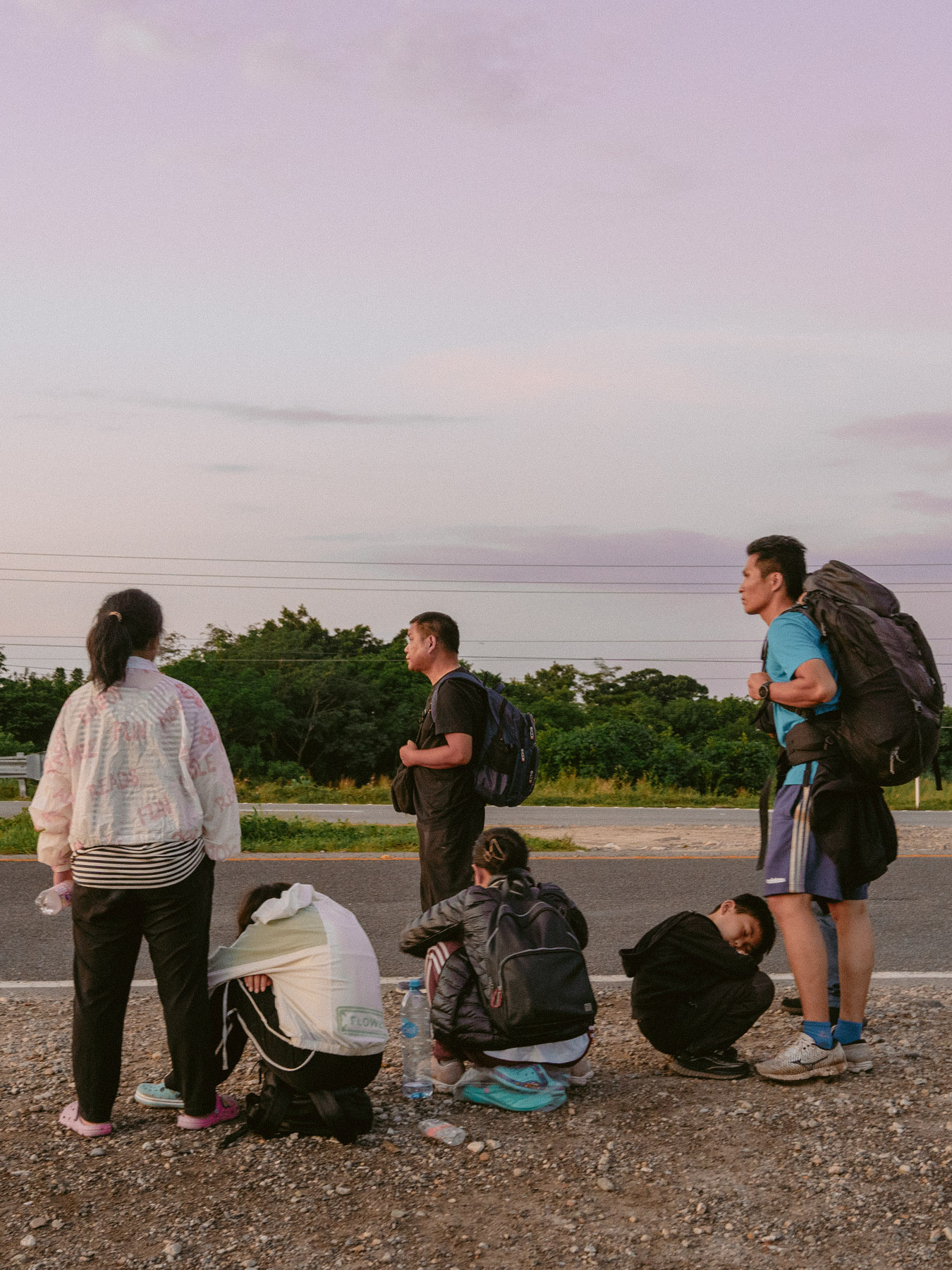
“We don’t want jobs. We just want basic human rights,” they say. Although there is no guarantee they will be accepted into America, they left their country without knowing English or Spanish, believing “it’s still worth the challenge.” Their determination is nothing short of remarkable. I have also noticed other Chinese immigrants, such as groups of university students and couples with children, on the journey. According to what I’ve heard, there has been a significant increase in Chinese immigrants heading north through Central and South America. Perhaps the simple reason I was dropped off the bus is because I look similar to them. Come to think of it, Tony, whom I met under the bridge at the American border, was also talking about Chinese immigrants.

Continued Hardships
As dawn broke, people began to move. They were planning to walk to the next town, a distance of 120 kilometers. Somehow, amidst talking with many migrants, I had started feeling the urge to “aim for America” myself. It’s amazing how easily influenced one can be by the atmosphere. With that mindset, I started walking with them. However, the baseless bravado quickly wilted as the sun rose. It was too hot. My feet began to ache immediately. Walking another 100 kilometers was impossible. Feeling ashamed, I made up some excuse and parted ways with them.
Feeling dizzy, I entered a town called Mapastepec. It seemed I had managed to bypass the checkpoints successfully. With my tired body, I searched for a cheap inn. I figured this town would also be filled with immigrants at night. I managed to negotiate a stay until evening under the condition that I pay. Maruo-san contacted me, saying he had safely arrived in San Cristobal.
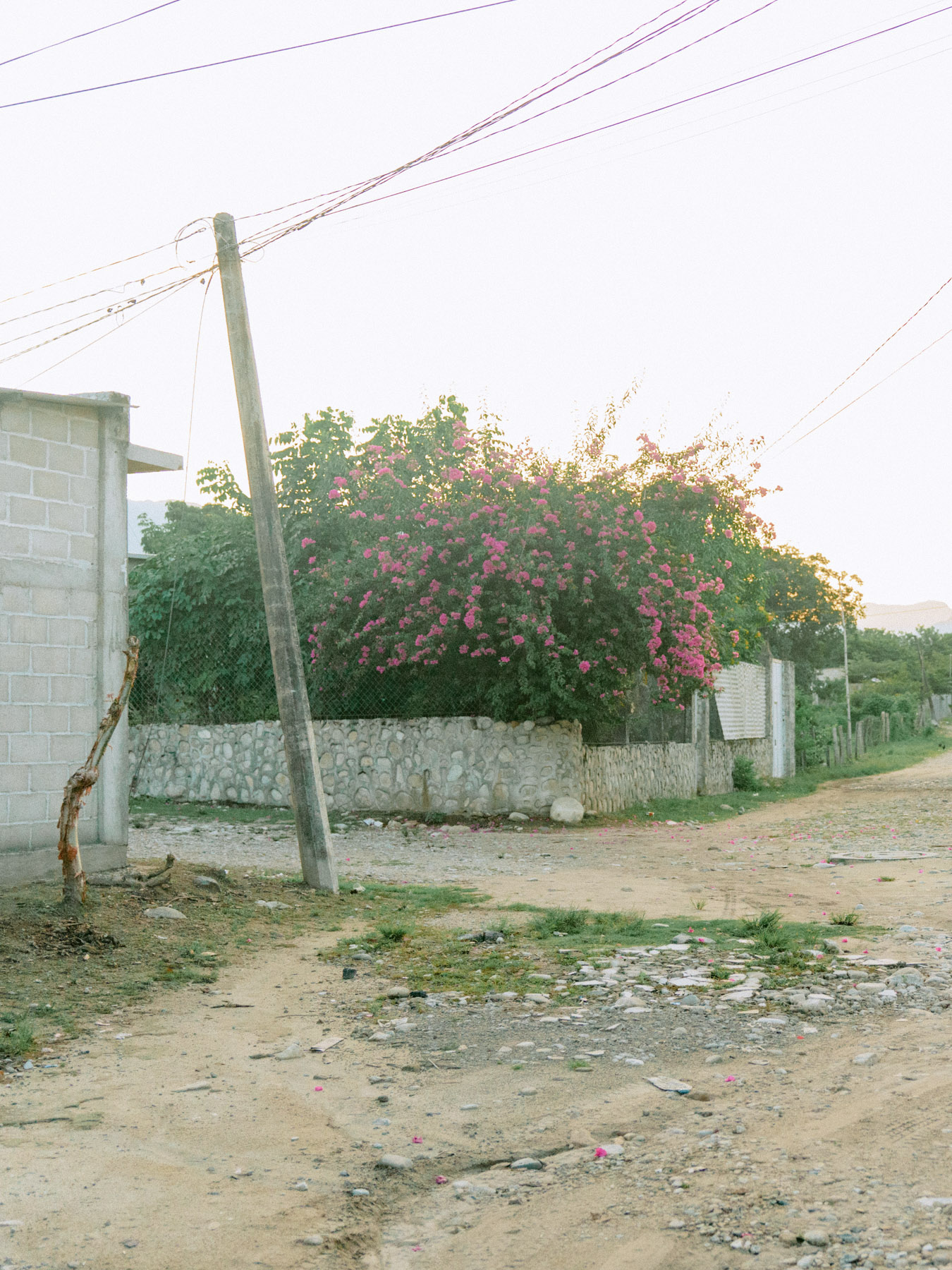

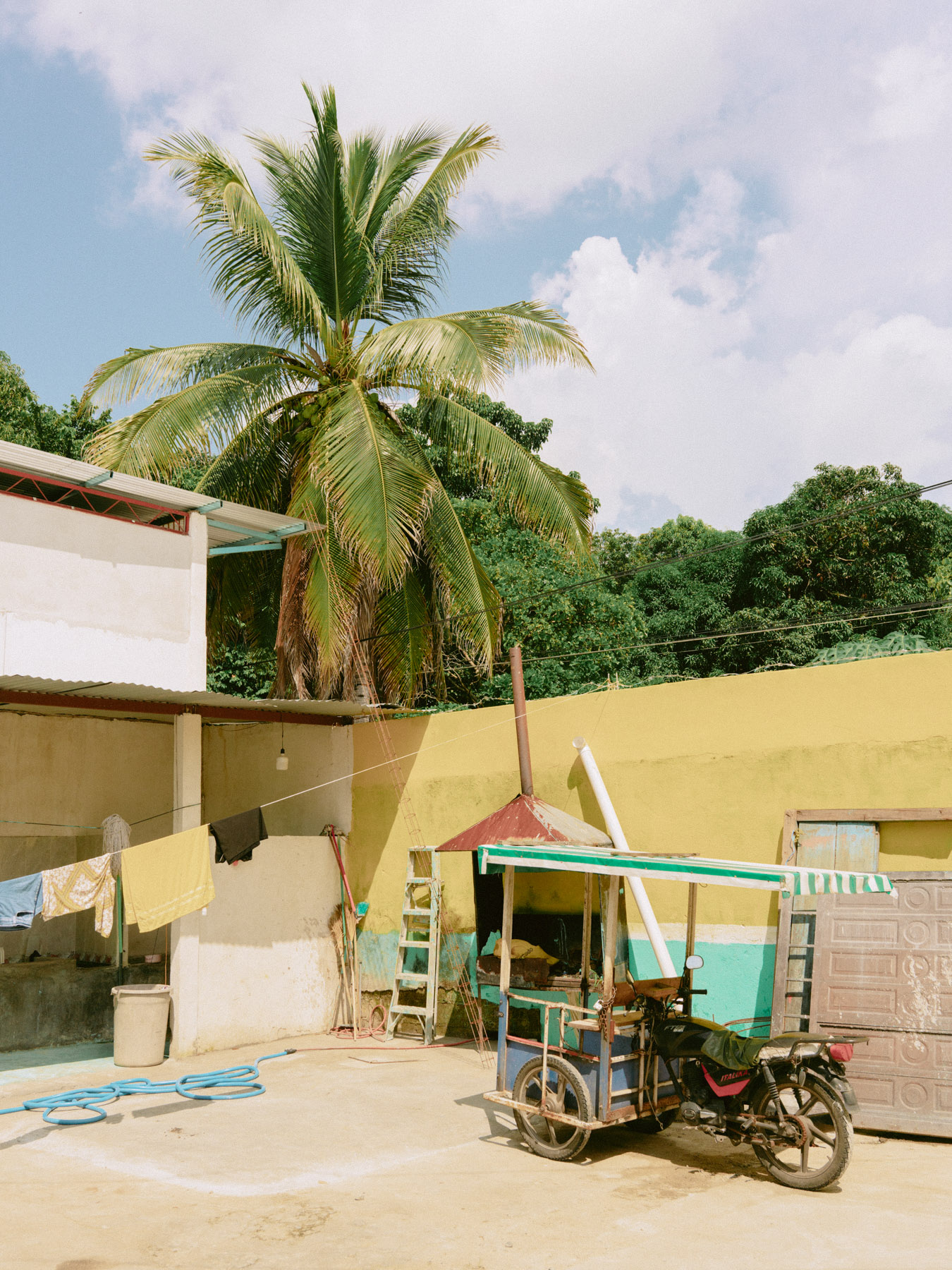
I left the inn after sunset. I found the bus terminal and bought a ticket for the 10 p.m. departure. While engaging in conversation with someone in the waiting area, I was stunned to find out that the bus I was supposed to board had left. When I informed the lady closing the ticket counter, she looked at me in disbelief. The next bus seemed to be scheduled for 10 a.m. the following morning. With no room available back at the inn, I found myself once again sleeping rough by the roadside with the other migrants.
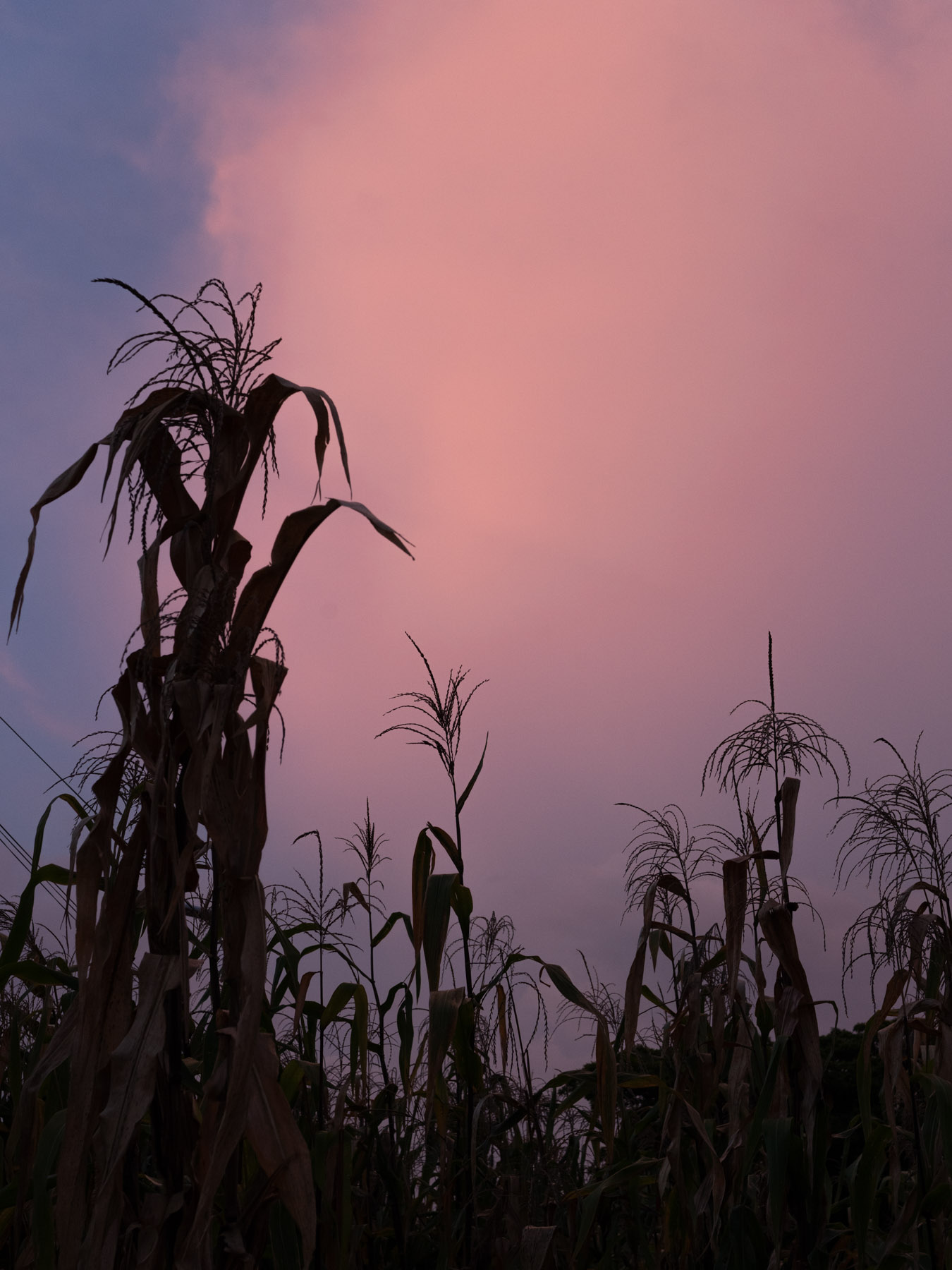
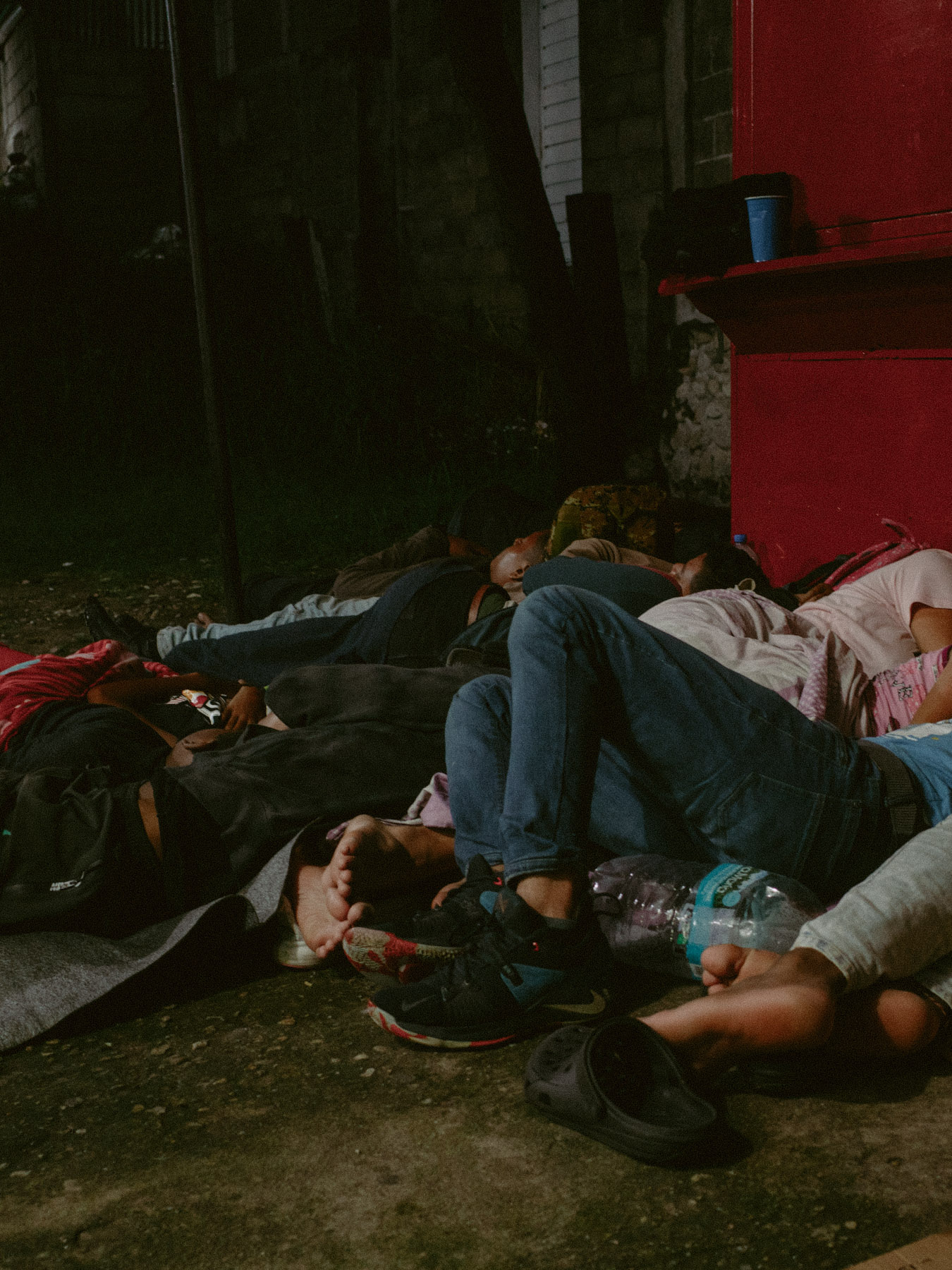
Once again, the morning dawned. As I walked with my camera, I was called out, “Photo! Photo!” I ignored it because I didn’t want any trouble, but then a girl suddenly appeared. “Huh?!” I let out a surprised gasp. I recognized her face. It was Cecilia, the girl who had claimed to be “just a tourist” at the Guatemala border. It turned out her being a tourist was a blatant lie, as she had crossed the border river as an immigrant.
It seemed they had also been sleeping rough here since last night. “I slept next to you,” she said, laughing. I couldn’t believe we were meeting again.
It was worth missing the bus. They said they were also going to walk to the next town and waved goodbye as they left.
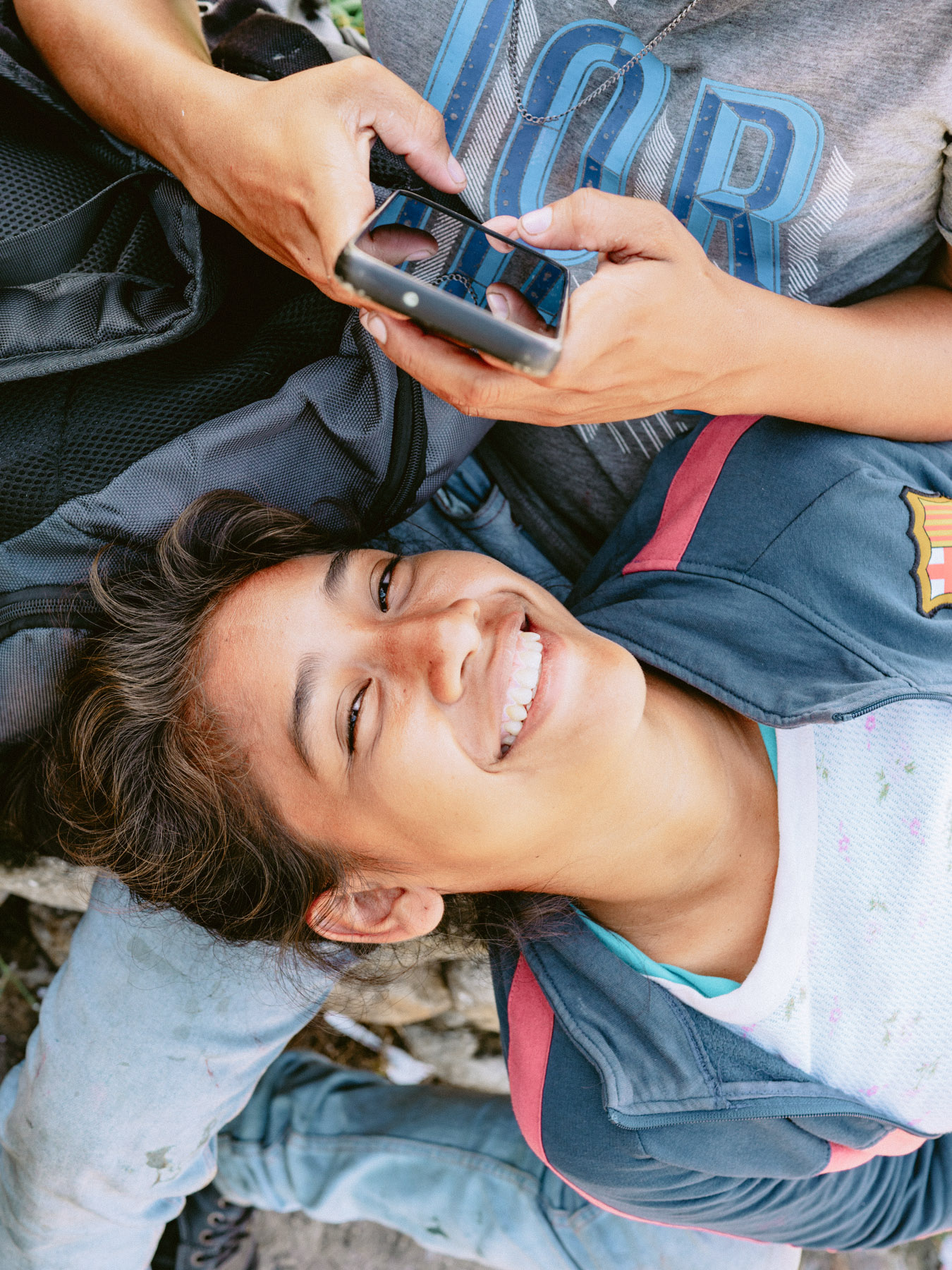
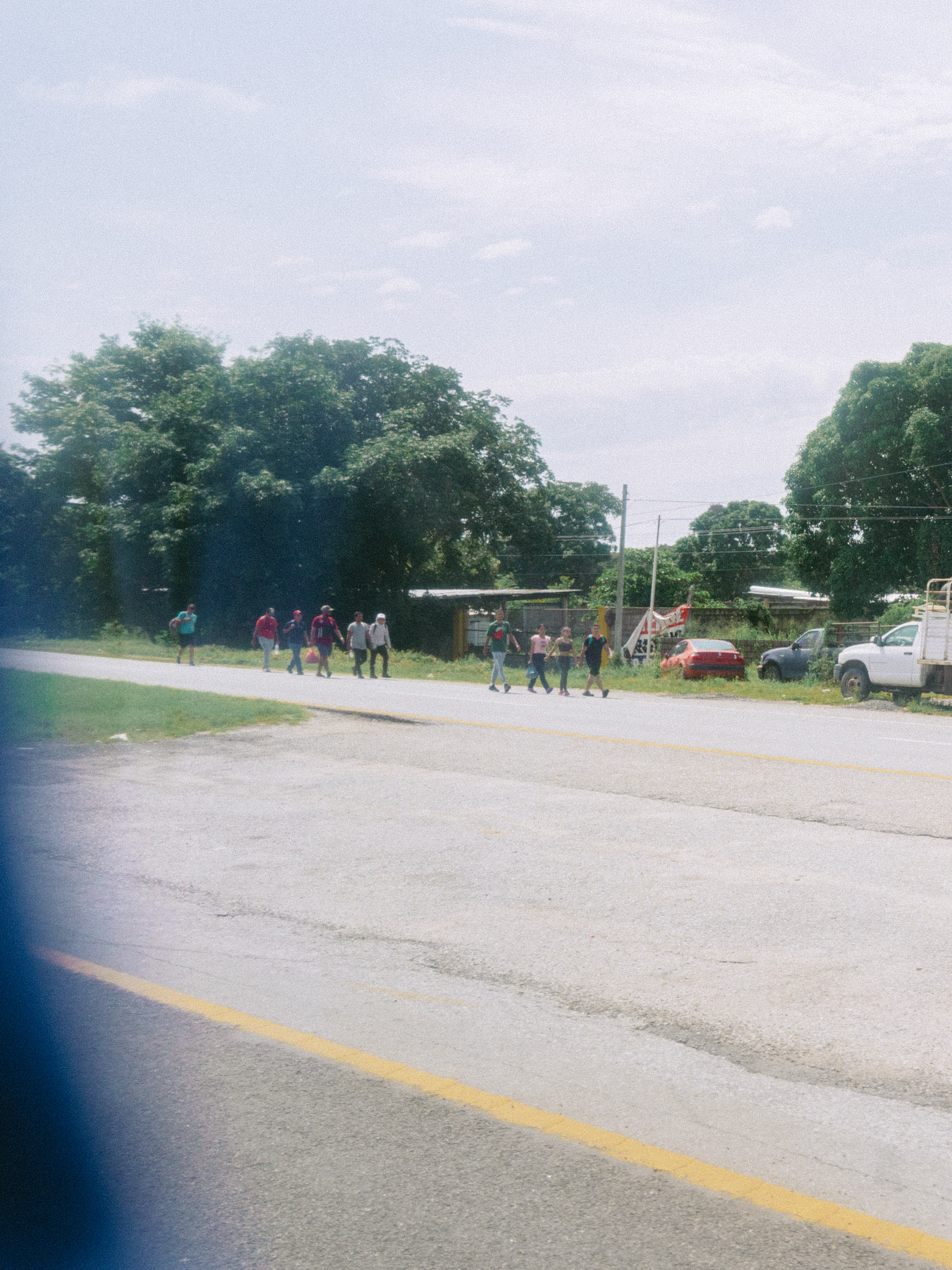
Finally, I boarded the bus. Through the window of the air-conditioned bus, I saw a constant stream of immigrants walking along Highway 200. I kept looking for them, those who had come from China, and Cecilia, but I couldn’t spot them. Exhausted, I fell asleep quickly.
Translation Elie Inoue

